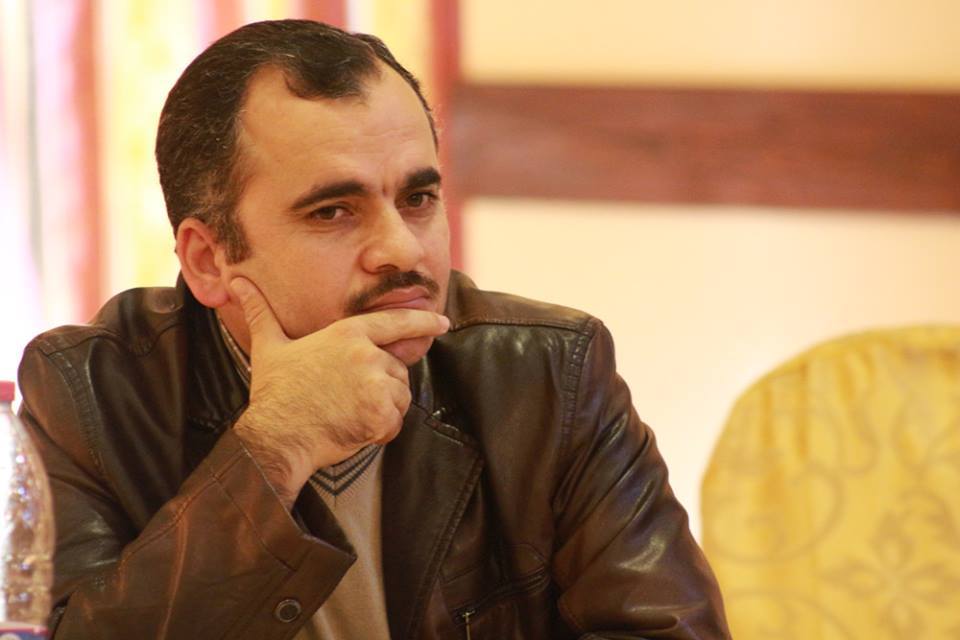On the 20th anniversary of its outbreak, Israelis still remember Al-Aqsa Intifada and recall the guerrilla operations that shook the pillars of their security, leading many to leave the country. Some areas were turned into ghost towns.
The uprising included 10,000 armed attacks which resulted in the death of over 1,000 Israelis. The five years of the intifada are a bloody chapter in Israeli history.
The resistance forces believe that the guerrilla attacks, especially the martyrdom operations, were among the most painful used against the Israeli occupation state. This is especially so because they were not limited to the areas occupied in 1967, but reached deep into Israel itself.
The operations constituted a link in a long series of guerrilla acts carried out by the resistance fighters since the British Mandate period. However, their ferocity intensified after the Ibrahimi Mosque massacre during the month of Ramadan in 1994, when an illegal settler shot and killed at least 29 Muslims while they were praying before he was overcome and beaten to death. This murderous attack prompted resistance movements to start martyrdom operations.
READ: Labour is slipping back into Zionist hegemony
Hamas’s military wing, the Ezzedine Al-Qassam Brigades, led on such attacks, spearheaded by Yahya Ayyash. Other military wings joined in and there were attacks across Israel, killing many and wounding thousands more.
The resistance groups gained from such operations in ways that they could not through any other means. The most important result was that they were seen as an effective weapon with some deterrence factor in the face of the massacres committed by Israelis against the Palestinians, who had little or no help or support.
The deterrence factor was important, given the size of the occupation army and the arsenal at its disposal for use against what remains essentially a civilian population. Hence, using such attacks became a serious option for the Palestinians in order to stop Israel’s military machine.
Martyrdom operations are distinguished by being the only weapon against which Israel had nothing to use. It is worth noting that former Prime Minister Yitzhak Rabin admitted his helplessness in the face of the martyrs, asking his critics what he could do to stop a person who wanted to die. Yaakov Peri, the then head of the Shin Bet internal security service, described Israel’s experience in preventing these attacks as a catastrophic security failure.
One Israeli general admitted that the army had no weapon to fight the martyrs, and that it may develop and deploy the Arrow missile system to confront the dangers of SCUD missiles, but still wouldn’t be able to confront the human bomb with anything other than barbed wire. Hence, the Palestinians understood that the martyrdom attacks were a strategic weapon providing a small degree of balance against Israel’s technical and military superiority.
Statistically, these attacks were responsible for 55 per cent of the total number of Israeli casualties, despite being just five per cent of the total number of resistance operations. They were a real strategic threat to Israel.
Unlike popular misconceptions — and anti-Palestinian propaganda — those involved in martyrdom operations were usually successful individuals who excelled in university studies and their respective fields. One was a bride preparing for her wedding. It was the systemic state terrorism and oppression of the Israelis which drove them to sacrifice themselves in order to preserve the dignity of their people and seek freedom within their own land.
READ: Has annexation been cancelled or merely postponed?
The Israelis were filled with despair and frustration, as well as fear. Martyrdom operations became the unwelcome visitor in their daily lives.
Their effects illustrate the cold facts of profit and loss in the ongoing battle between the Palestinian people and Israel’s brutal military oppression. They need to be taken into account when challenging those who question their feasibility and, indeed, the effectiveness of any uprising as well as armed resistance in the asymmetric struggle against Israel and its settler-colonialism.
It is a fact that Israel was hit hard by the martyrdom operations, physically, psychologically and economically. They were a major blow to the country’s morale, with optimism for a better future declining rapidly.
Many Israelis held their government responsible for the situation, and continue to do so. Important voices questioned the purpose and validity of the occupation. Ultimately, this meant that legitimate resistance to Israel’s military occupation created a huge dilemma for the colonial state. In the current situation whereby the only thing lacking any balance is the discussion of the predicament in which the Palestinians find themselves — the Israelis also face a serious predicament — this fact should be considered very carefully.
The views expressed in this article belong to the author and do not necessarily reflect the editorial policy of Middle East Monitor.


![Several Palestinian demonstrators hold Palestinian flag with a portrait of PLO leader Yasser Arafat as foam thrown by Israeli soldiers drops from a roof during clashes 22 January 1988 in Nablus on the West Bank [SVEN NACKSTRAND/AFP/Getty Images]](https://i0.wp.com/www.middleeastmonitor.com/wp-content/uploads/2018/12/GettyImages-154318119-e1544558968655.jpg?fit=1200%2C790&ssl=1)









